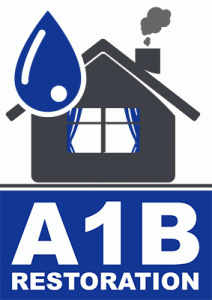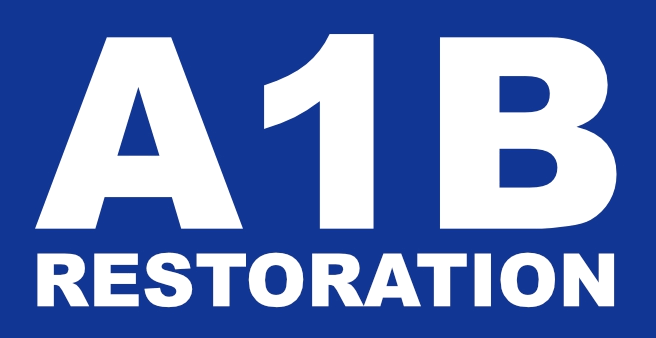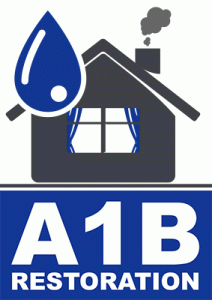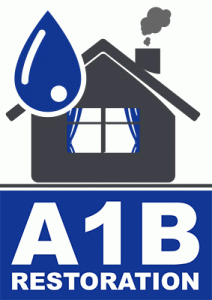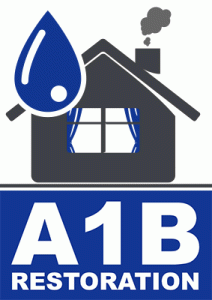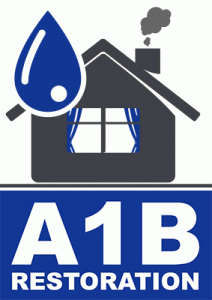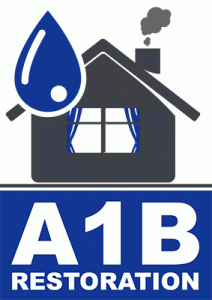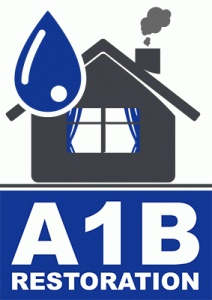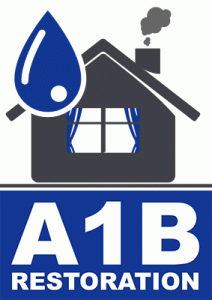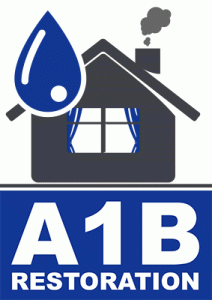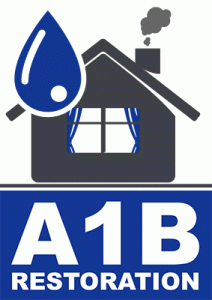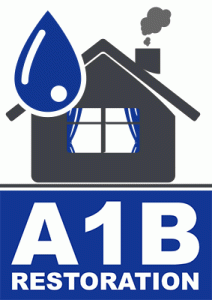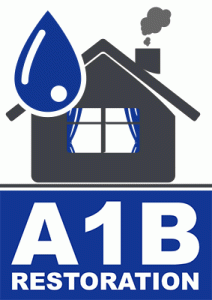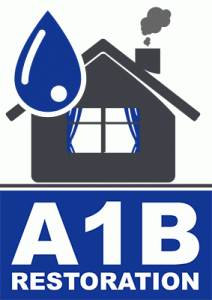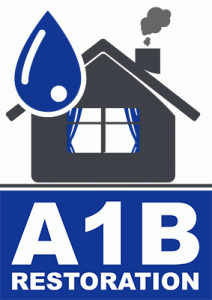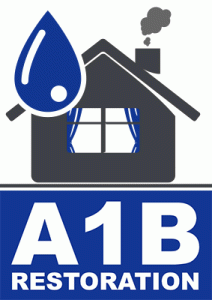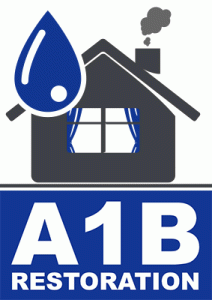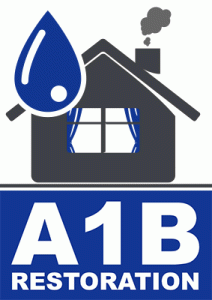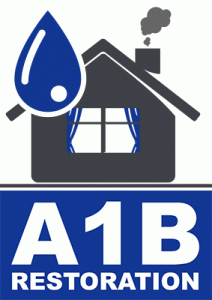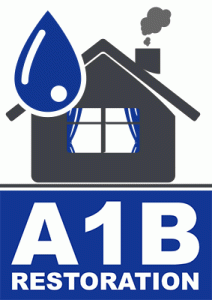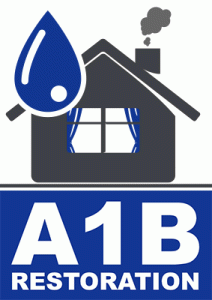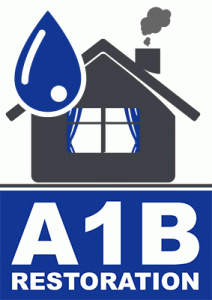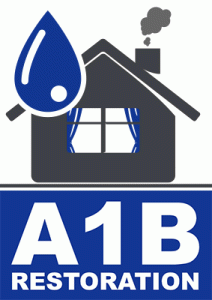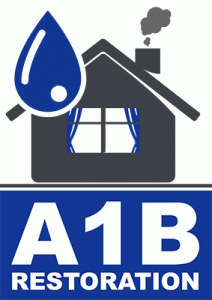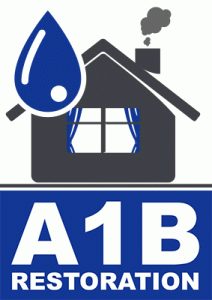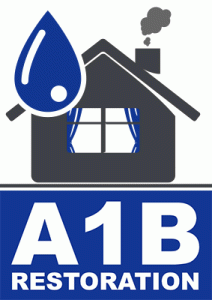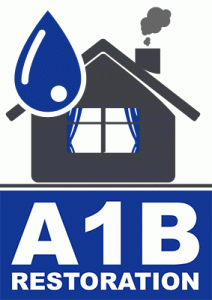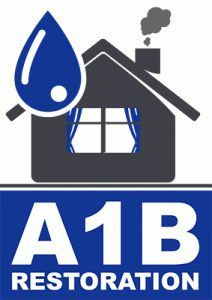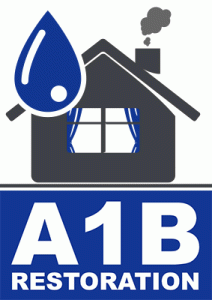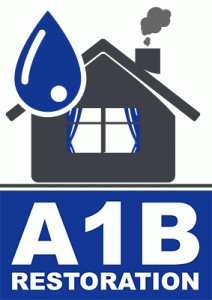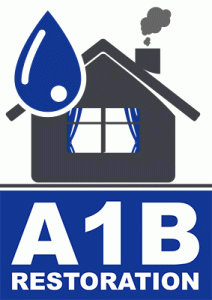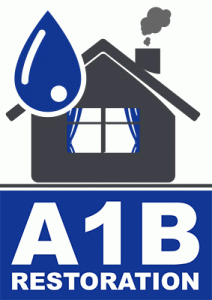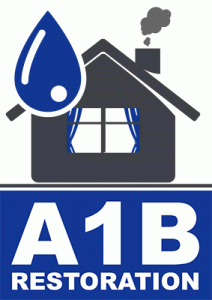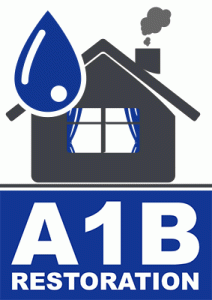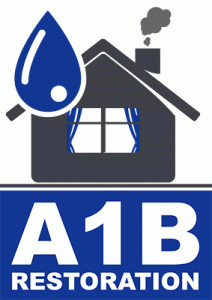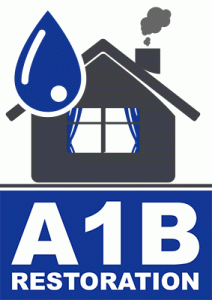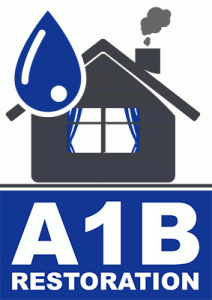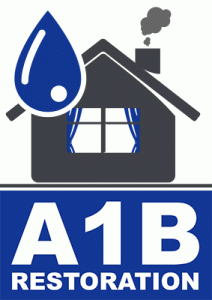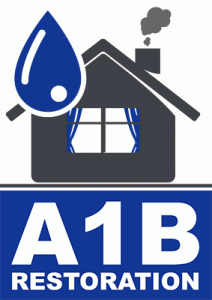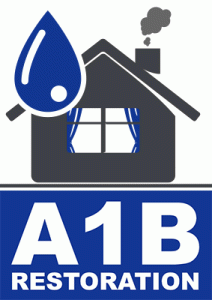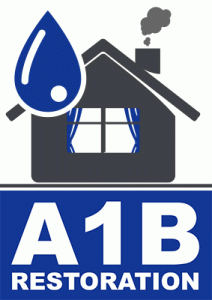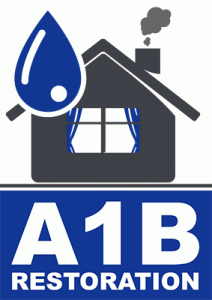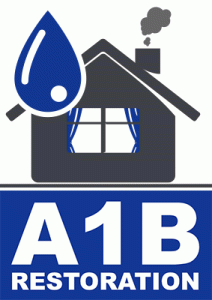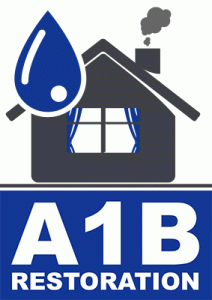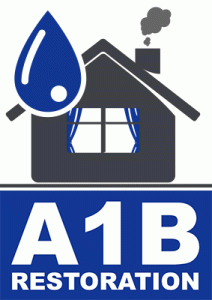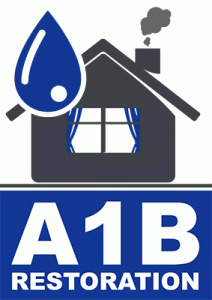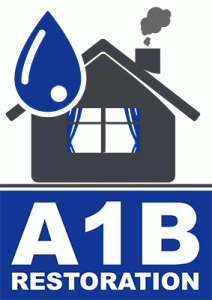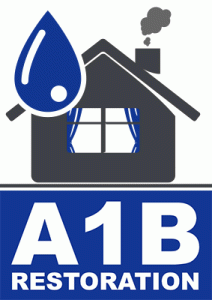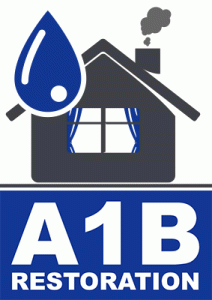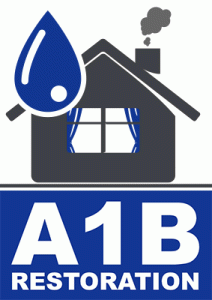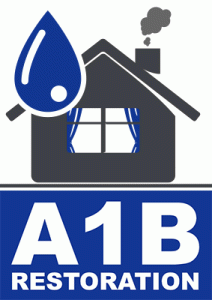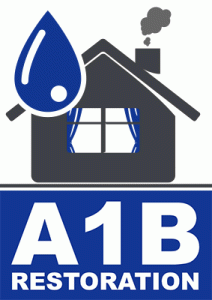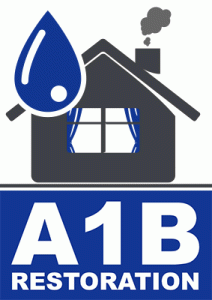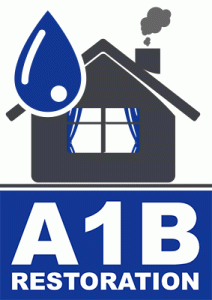Water Damage and Health Risks: What You Need to Know
Water damage is not just a structural issue but can also pose serious health risks if not addressed promptly. Whether it’s due to a natural disaster, leaking pipes, or a faulty appliance, the repercussions of water damage can be severe and long-lasting. This blog post will explore the different health risks associated with water damage, provide insights into how you can identify them, and share actionable tips to protect your health and home.
Understanding Water Damage
Water damage occurs when excess water starts to collect in areas where it shouldn’t, causing damage to buildings, furnishings, and more. According to the Insurance Information Institute, water damage is one of the most common and costly disasters, affecting 1 in 50 homes each year in the United States. It’s crucial to understand the types of water damage to prevent potential health risks.
Types of Water Damage
Water damage is typically categorized into three types:
Clean Water Damage
This type comes from a clean source, such as a broken water supply line or a faucet. Although it may not pose immediate health risks, stagnant clean water can quickly become a breeding ground for bacteria and mold.
Grey Water Damage
Grey water is slightly contaminated and may come from appliances like dishwashers or washing machines. It contains bacteria and can cause illnesses if ingested or left untreated.
Black Water Damage
This highly contaminated water comes from sources like sewage backups or floodwaters. It poses significant health risks due to harmful bacteria, viruses, and other pathogens.
The Health Risks of Water Damage
The health risks associated with water damage are often due to the presence of mold, bacteria, and other contaminants that thrive in damp environments. Let’s delve into the potential health hazards:
Mold Growth and Respiratory Issues
Mold is a common consequence of water damage and can start growing within 24 to 48 hours. Exposure to mold can lead to respiratory issues, particularly in individuals with allergies, asthma, or weakened immune systems. According to the Centers for Disease Control and Prevention (CDC), common symptoms include nasal congestion, throat irritation, coughing, and skin irritation.
Bacterial Infections
Water damage can also lead to the growth of bacteria. For instance, exposure to contaminated floodwater can result in infections like E. coli or Salmonella. Symptoms of bacterial infections can range from mild gastrointestinal distress to severe conditions requiring medical intervention.
Allergies and Asthma
Even if mold is not visible, spores can still be present in the air, exacerbating allergies and asthma. The American College of Allergy, Asthma & Immunology notes that mold spores can trigger allergic reactions, leading to symptoms such as sneezing, runny nose, and itchy eyes.
Identifying Water Damage in Your Home
It’s essential to identify signs of water damage early to mitigate health risks. Here are some indicators to look out for:
Visible Stains and Discoloration
Water stains on ceilings, walls, or floors are a clear sign of water damage. Discoloration can range from yellowish to brown and may indicate a leaking pipe or roof.
Musty Odors
A persistent musty smell is often a sign of mold growth, even if it’s not visible. This odor is caused by mold spores released into the air.
Peeling or Bubbling Paint
Excess moisture can cause paint to peel or bubble. This is often seen in bathrooms or kitchens, where humidity levels are higher.
Actionable Tips to Mitigate Health Risks
Preventing water damage and the associated health risks requires vigilant action. Here are some strategies:
Regular Inspections
Conduct regular inspections of your home, particularly areas prone to water exposure such as basements, attics, and bathrooms. Look for any signs of leaks, mold, or unusual odors.
Invest in a Dehumidifier
Keeping humidity levels below 50% can help prevent mold growth. Dehumidifiers are especially useful in damp areas like basements.
Prompt Repairs
Address any leaks or water damage immediately. Whether it’s a small drip or a major flood, timely repairs can prevent further damage and minimize health risks.
Proper Ventilation
Ensure that your home is well-ventilated, especially in areas like kitchens and bathrooms. Use exhaust fans to reduce moisture levels.
Conclusion
Water damage is more than just a structural issue; it poses significant health risks that shouldn’t be overlooked. By understanding the types of water damage, recognizing the health risks, and taking proactive steps to mitigate these risks, you can protect both your home and your health. Remember, addressing water damage promptly is crucial, and if you’re unsure about handling it yourself, consider hiring a professional to ensure your home remains a safe and healthy environment.
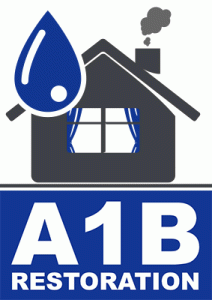
The Colony Texas restoration water damage companies
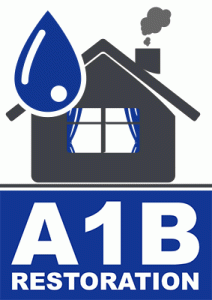
Grand Prairie TX water damage restoration companies
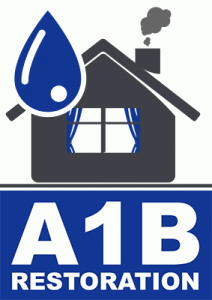
Duncanville Texas restoration water damage companies
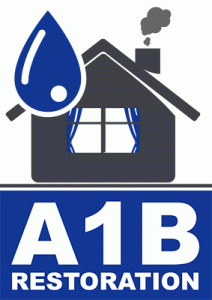
water remediation company near me Royse City Texas

water damage and restoration North Richland Hills Texas
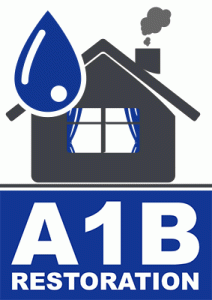
emergency water damage restoration Royse City Texas

best water damage restoration near me Denton Texas
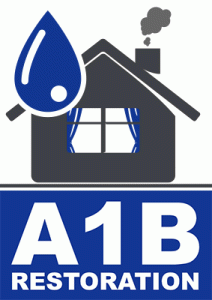
best water damage restoration near me Addison Texas
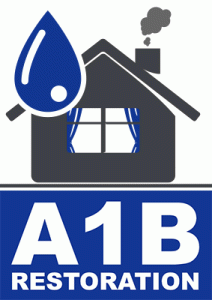
water damage restoration service Duncanville Texas
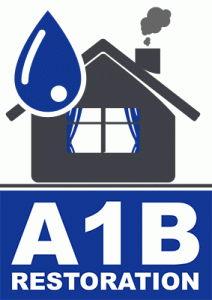
Highland Park Texas water damage restoration service near me
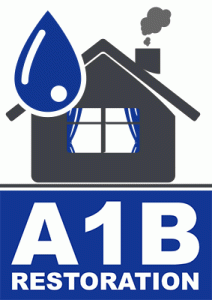
water damage companies near me Lake Highlands Dallas Texas

Royse City Texas restoration water damage companies

Royse City Texas water damage restoration near me

Duncanville Texas restoration water damage companies
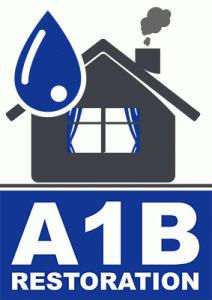
Grand Prairie Texas restoration water damage companies
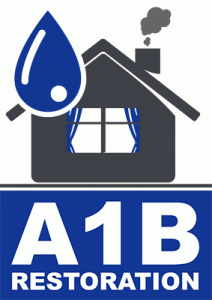
Sunnyvale Texas restoration water damage companies
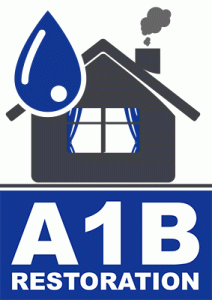
Bedford Texas water damage restoration service near me

Lakewood Dallas Texas restoration water damage companies
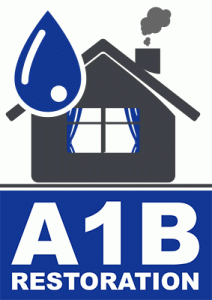
Lake Highlands Dallas TX water damage restoration companies near me

Lakewood Dallas TX water damage restoration companies near me

Preston Hollow Dallas TX water damage restoration companies
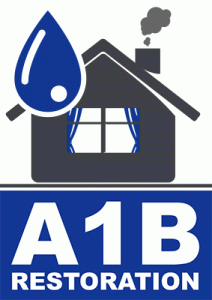
water damage restoration services near me Little Elm Texas
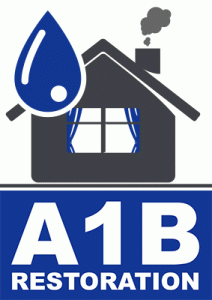
water damage restoration services near me Highland Park Texas

water damage restoration cost Grand Prairie Texas
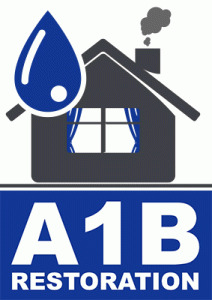
water restoration companies near me Rockwall Texas

water damage companies near me Lake Highlands Dallas Texas
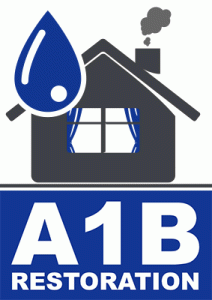
water damage and restoration companies Lavon Texas

emergency water damage restoration Arlington Texas

water damage clean up near me Lakewood Dallas Texas
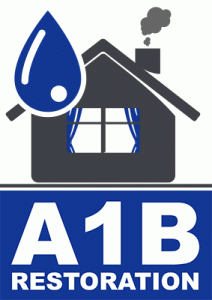
water damage restoration services near me Lavon Texas

best water damage restoration near me Richardson Texas

water damage restoration services near me Bedford Texas
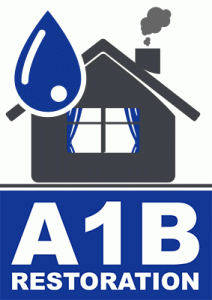
water damage restoration services near me Haltom City Texas
